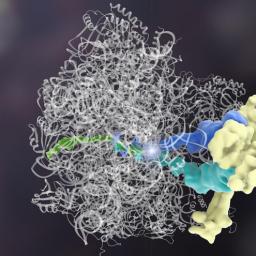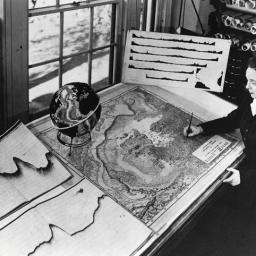California becomes first state to ban plastic bags, manufacturers fight law
In August 2014, California became the first state to impose a statewide ban on single-use plastic bags at large retail stores. In addition, there will be a 10 cent minimum charge for recycled paper bags, reusable plastic bags, and compostable bags at certain locations. The ban is widely supported by environmentalists, who say the bags contribute to litter and pollution. In California, there is particular concern that the bags, when swept out to sea, could harm ocean life.
The state-wide ban was meant take effect on July 1, 2015, but the measure has triggered a harsh reaction from plastic bag manufacturers, who say their product can be easily recycled. An effort to kill the ban on single-use plastic grocery bags advanced this week after bag makers spent several million dollars on a campaign to gather signatures for a proposed ballot initiative to overturn it. Mr. Daniels of Hilex Poly said the plastic bag has been unfairly scapegoated for a variety of environmental ills. Thin plastic bags are reused, he said: They are repurposed as lunch bags and trash can liners, and they come in handy for pet cleanup.
Dozens of cities and counties throughout the state have already implemented local bans. Abbi Waxman, a television writer in Los Angeles, said, "I have, I'm not kidding, about 40 reusable bags at home, because I feel so guilty when I come without them that I buy more each time." Ms. Moya, a telemarketer and a mother of two said she has begun stockpiling plastic bags at home because paper bags "are always breaking. It's stupid, and it makes it really hard for us," she said, as she waited in the rain for a taxi with her disintegrating paper bags.
The state-wide ban was meant take effect on July 1, 2015, but the measure has triggered a harsh reaction from plastic bag manufacturers, who say their product can be easily recycled. An effort to kill the ban on single-use plastic grocery bags advanced this week after bag makers spent several million dollars on a campaign to gather signatures for a proposed ballot initiative to overturn it. Mr. Daniels of Hilex Poly said the plastic bag has been unfairly scapegoated for a variety of environmental ills. Thin plastic bags are reused, he said: They are repurposed as lunch bags and trash can liners, and they come in handy for pet cleanup.
Dozens of cities and counties throughout the state have already implemented local bans. Abbi Waxman, a television writer in Los Angeles, said, "I have, I'm not kidding, about 40 reusable bags at home, because I feel so guilty when I come without them that I buy more each time." Ms. Moya, a telemarketer and a mother of two said she has begun stockpiling plastic bags at home because paper bags "are always breaking. It's stupid, and it makes it really hard for us," she said, as she waited in the rain for a taxi with her disintegrating paper bags.




